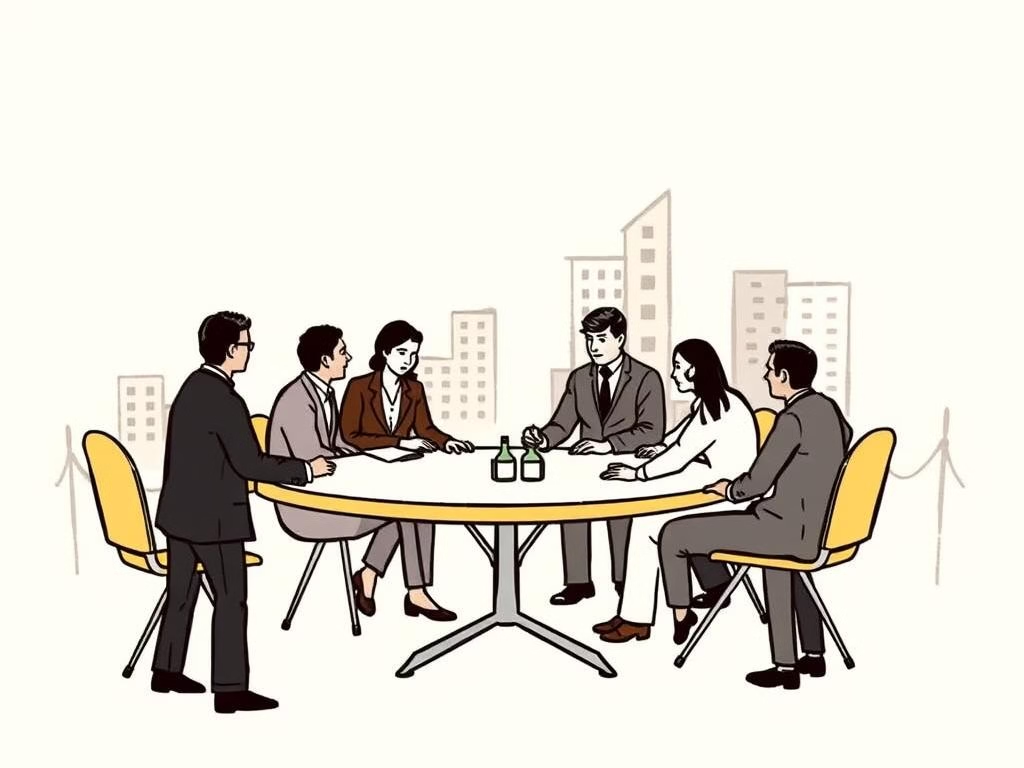Explore stakeholder capitalism, a model prioritizing the interests of all stakeholders—employees, customers, and communities—over traditional profit-driven approaches.
Stakeholder Capitalism: Redefining Business for a Sustainable and Inclusive Future
Introduction: Beyond Shareholders, Toward Shared Value
Stakeholder capitalism is a transformative economic framework where businesses prioritize the interests of all stakeholders—employees, customers, communities, suppliers, the environment, and shareholders—instead of focusing solely on maximizing profits for investors. This model challenges the 50-year dominance of shareholder primacy, popularized by Milton Friedman’s 1970 doctrine, and reflects a growing demand for businesses to address inequality, climate change, and social justice.
In this article, we explore the origins, principles, real-world applications, and controversies of stakeholder capitalism, offering fresh insights and actionable examples.
1. What Is Stakeholder Capitalism?
Definition: A system where corporations create long-term value by balancing the needs of all stakeholders, not just shareholders.
Core Principles:
- Purpose Beyond Profit: Companies commit to societal and environmental goals (e.g., reducing carbon emissions, and upskilling workers).
- Long-Term Thinking: Prioritize sustainability over quarterly earnings.
- ESG Integration: Environmental, Social, and Governance (ESG) factors guide decision-making.
- Transparency: Publicly report progress on stakeholder commitments.
- Collaboration: Partner with governments, NGOs, and competitors to solve systemic issues.
Key Shift: The Business Roundtable redefined the “purpose of a corporation” in 2019, signed by 181 CEOs, including Apple’s Tim Cook and Amazon’s Andy Jassy.
2. The Evolution of Stakeholder Capitalism
Historical Roots:
- 1930s: German economist Walter Eucken advocated for a “social market economy.”
- 1950s: Drucker’s The Practice of Management emphasized corporate social responsibility.
- 2020s: Climate crises, social movements (e.g., #BlackLivesMatter), and the COVID-19 pandemic accelerated adoption.
Modern Drivers:
- Investor Activism: Funds like BlackRock demand ESG accountability.
- Consumer Power: 66% of global consumers prefer sustainable brands (Nielsen).
- Regulatory Pressure: EU’s Corporate Sustainability Reporting Directive (CSRD) mandates ESG disclosures.
3. Stakeholder Capitalism vs. Shareholder Capitalism
| Aspect | Stakeholder Capitalism | Shareholder Capitalism |
|---|---|---|
| Focus | All stakeholders (employees, planet, etc.) | Shareholder profits |
| Time Horizon | Long-term (10+ years) | Short-term (quarterly earnings) |
| Success Metrics | ESG goals, employee well-being, CSR | Stock price, dividends, ROI |
| Example | Patagonia (1% for the Planet) | 1980s corporate raiders (e.g., Carl Icahn) |
4. Benefits of Stakeholder Capitalism
- Resilience: Companies with strong ESG practices outperformed peers during market downturns (McKinsey).
- Trust: 75% of employees prefer to work for socially responsible employers (Deloitte).
- Innovation: Unilever’s “Sustainable Living Brands” grew 69% faster than others.
- Risk Mitigation: Avoiding scandals (e.g., BP’s Deepwater Horizon oil spill cost $65B).
5. Criticisms and Challenges
- Greenwashing: Companies overstate ESG efforts (e.g., Volkswagen’s “Dieselgate”).
- Vagueness: Lack of standardized metrics to measure stakeholder impact.
- Trade-Offs: Balancing profit and purpose can strain resources.
- Investor Skepticism: Critics argue it dilutes accountability to shareholders.
6. Real-World Case Studies
A. Unilever’s “Compass Strategy”
- Action: Committed to 100% recyclable packaging and living wages for suppliers by 2030.
- Result: 59% reduction in CO2 emissions per ton of production since 2008.
B. Salesforce’s 1-1-1 Model
- Action: Donates 1% of equity, 1% of product, and 1% of employee time to communities.
- Result: $500M+ in grants and 7M+ volunteer hours since 1999.
C. Danone’s “Entreprise à Mission”
- Action: Legally embedded social/environmental goals into its corporate charter (France).
- Result: Achieved B Corp certification, balancing profit with planetary health.
7. How to Implement Stakeholder Capitalism
1) For Businesses:
- Step 1: Define a clear purpose statement (e.g., Microsoft’s “Empower every person and organization on the planet”).
- Step 2: Align executive compensation with ESG targets (e.g., 20% of bonuses tied to DEI goals).
- Step 3: Engage stakeholders through surveys, town halls, and partnerships.
2) For Investors:
- Use ESG ratings (e.g., MSCI, Sustainalytics) to screen companies.
- Advocate for board diversity and climate disclosures.
3) For Policymakers:
- Mandate ESG reporting (e.g., EU’s CSRD, SEC’s proposed climate rules).
- Offer tax incentives for sustainable practices.
8. Metrics and Frameworks
- B Corp Certification: Rigorous standards for social/environmental performance.
- Integrated Reporting: Combine financial and ESG metrics in annual reports.
- SASB Standards: Industry-specific ESG disclosure guidelines.
9. The Future of Stakeholder Capitalism
- AI-Driven Accountability: Tools like Truvalue Labs use AI to track ESG performance in real-time.
- Circular Economy Models: Companies like IKEA aim to become “climate positive” by 2030.
- Gen Z Influence: 83% of Gen Z believe businesses should act on social issues (Pew Research).
10. Is Stakeholder Capitalism Achievable?
Yes, but with caveats:
- Collaboration: Requires cross-sector partnerships (e.g., Amazon’s Climate Pledge with Global Optimism).
- Regulation: Governments must enforce standards to prevent greenwashing.
- Cultural Shift: Move from “profit at all costs” to “profit with purpose.”
Conclusion: A Blueprint for Inclusive Growth
Stakeholder capitalism isn’t a passing trend—it’s a necessary evolution for businesses to thrive in an era of climate crises, inequality, and distrust. By aligning profit with purpose, companies can build resilience, foster innovation, and earn the loyalty of employees and consumers.
Final Thought: As former Unilever CEO Paul Polman said, “Businesses that solve the world’s problems will be the ones that prosper.” Stakeholder capitalism offers the roadmap.


